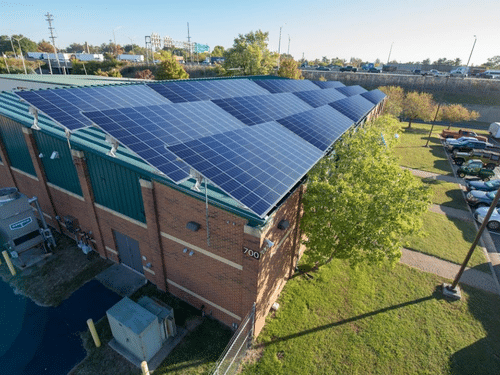Opportunity for Rural Middle School Science and STEM Teachers
Build It Green!
Build It Green! (BIG!) is a curriculum development collaboration aimed at supporting middle school students’ energy literacy and energy conservation knowledge. The BIG! curriculum is currently being written as a standards-aligned, place-based, storyline unit that features engineering design using your school building as a context for learning about energy and energy conservation. BIG! will use hands-on activities, engineering processes, and digital interactives to support students’ learning about energy transfer into and throughout their school building, focusing on electrical, light, and thermal energy systems.
We Need You
We need to see how well the unit supports middle school students’ energy learning. We are recruiting 6-8 teachers to come teach the unit. You will pilot and give us feedback on the BIG! curriculum. The unit will take approximately 6 weeks to teach during your regular science and/or STEM classroom time. The unit can be implemented during the school year when it works best for your schedule.
What we need from you:
- Implement the BIG! curriculum in your classroom during the 2025-2026 school year.
- Access to your classroom for data collection of students’ responses to the unit. This may include observations, video/audio recording, interviews, surveys, and access to student work products.
- Weekly progress and feedback during unit implementation.
What you’ll get from us:
- Classroom-ready curriculum materials including presentation slides, student handouts, and access to digital interactives.
- All physical materials required to teach the unit.
- Professional development workshop with our curriculum writing team.
- One-on-one support from curriculum writers during in-class implementation.
- $1,000/year stipend for teachers who attend the workshop and implement the unit.
To receive more information and/or to participate please complete this form.
Participation is voluntary. Any information you provide will remain confidential and only the researchers will have access.

This project funded by the National Science Foundation (Award #2201204). Any opinions, findings, and conclusions or recommendations expressed in this material are those of the author(s) and do not necessarily reflect the views of the National Science Foundation.
